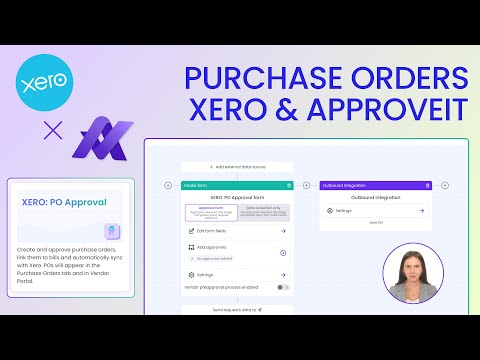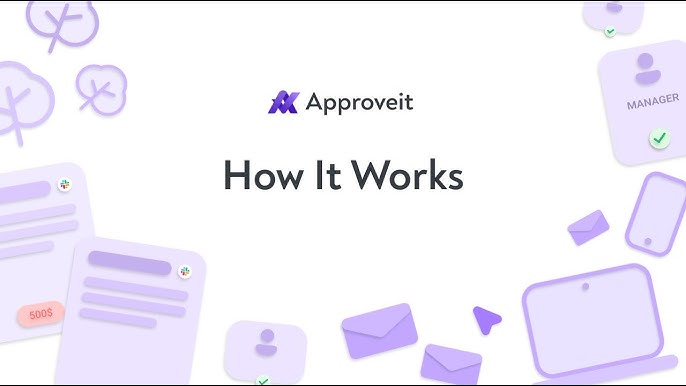
Unlocking Efficiency with Zapier Integrations
In today’s fast-paced digital landscape, businesses are continually exploring ways to optimize their workflows and increase productivity. One leading solution that has emerged as a game-changer is zapier integrations https://approveit.today/zapier. This powerful automation tool connects various applications, allowing users to create seamless workflows that can save time and reduce manual input error. In this article, we will explore the benefits of Zapier integrations, how they work, and best practices for getting the most out of this remarkable tool.
What is Zapier?
Zapier is an online automation platform that enables users to connect different applications and automate workflows without needing to write code. By utilizing triggers and actions, users can create “Zaps,” which are automated workflows that perform tasks across different applications. For instance, when an event occurs in one app (trigger), Zapier can initiate actions in another app, such as adding a contact to a mailing list, sending notifications, or updating a database.
Benefits of Using Zapier Integrations
Integrating Zapier into your daily operations can provide numerous advantages, including:

- Time Efficiency: By automating repetitive tasks, employees can focus on high-value projects that require creativity and critical thinking.
- Reduction of Errors: Manual data entry is prone to human mistakes. Zapier helps mitigate this risk by automating data transfers.
- Enhanced Collaboration: Team members can work more cohesively across different software platforms, as Zapier facilitates communication between them.
- Scalability: Automations can grow with your business. As your operational needs evolve, so too can your Zaps, allowing for greater flexibility.
- Cost-Effectiveness: By saving hours of manual labor, companies can reduce operational costs associated with inefficient workflows.
How Zapier Integrations Work
Zapier helps users create automated workflows through a simple interface that relies on triggers and actions. Here’s a breakdown:
- Select Your Apps: Start by choosing the applications that you want to connect. Zapier supports thousands of apps, including popular platforms like Google Sheets, Slack, Trello, and Mailchimp.
- Create a Trigger: Decide on the event that will initiate your Zap. For example, receiving a new email in Gmail could act as a trigger to add a row in Google Sheets.
- Add Actions: After setting up your trigger, specify what actions should be taken. Each Zap can handle multiple actions across various apps.
- Test Your Zap: Before activating your workflow, test it to ensure everything functions properly.
- Launch and Monitor: Once tested, you can launch your Zap and monitor its performance through Zapier’s dashboard.
Popular Zapier Integrations
Several integrations stand out due to their wide usage and high value. Here are some popular combinations:

- Slack and Trello: Automatically send updates in a Slack channel whenever a new card is created in Trello or a card is due. This keeps team members informed and aligned.
- Google Sheets and Salesforce: Sync your data between Google Sheets and Salesforce to maintain your customer database up to date without manual entry.
- Email Marketing Platforms: Connect your email marketing platform (like Mailchimp or ActiveCampaign) with e-commerce apps to automatically add new customers to your mailing list.
- Calendly and Google Calendar: When a meeting is scheduled through Calendly, Zapier can automatically add it to your Google Calendar, ensuring that you never double-book.
Best Practices for Using Zapier
To maximize the benefits of Zapier integrations, consider the following best practices:
- Start Small: Begin by automating one or two workflows that can save you the most time. Gradually expand to more complex tasks.
- Regularly Review Your Zaps: As your business evolves, so might your workflows. Regularly assess your Zaps to ensure they still serve your needs.
- Utilize Filters: Use filters to refine when your Zaps activate. This can help prevent unnecessary actions and streamline operations.
- Leverage Multi-Step Zaps: Take advantage of Zapier’s ability to create multi-step workflows, which can integrate several actions in one go.
- Integrate with Existing Tools: Ensure that the tools you are using are compatible with Zapier. This way, you can maximize connections and automations.
Conclusion
In an era where efficiency drives success, Zapier integrations provide businesses with indispensable tools for automating workflows and enhancing productivity. By understanding how Zapier works, its benefits, and how to implement it effectively, organizations can streamline their operations and allocate precious time towards strategic initiatives. Whether you are looking to automate social media posting, data entry, or team collaboration, Zapier is here to transform your business processes into a finely-tuned machine.
